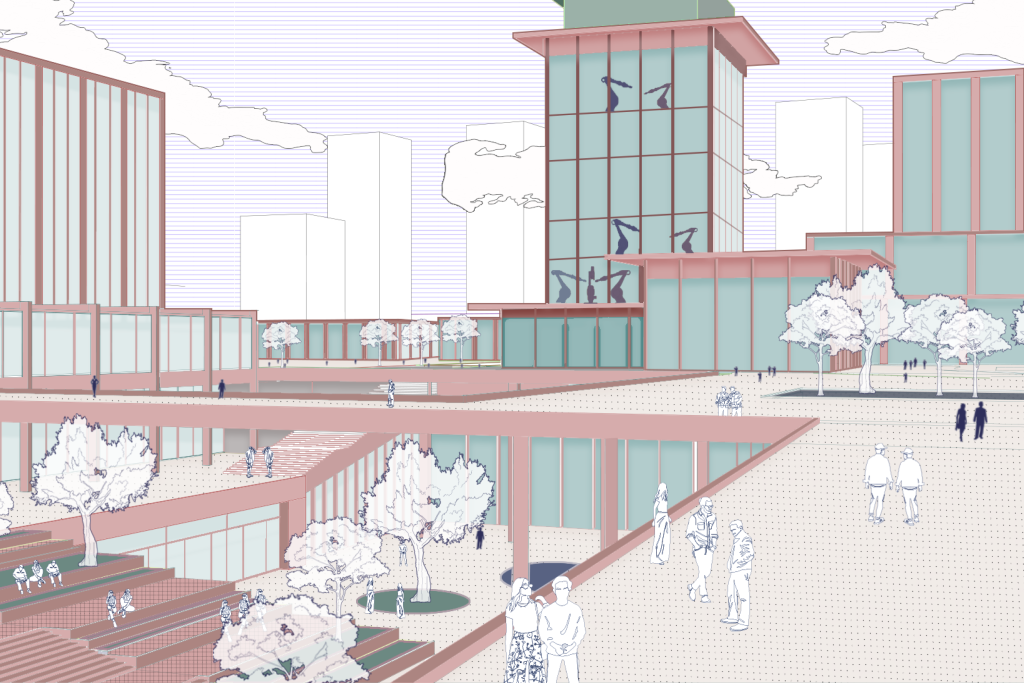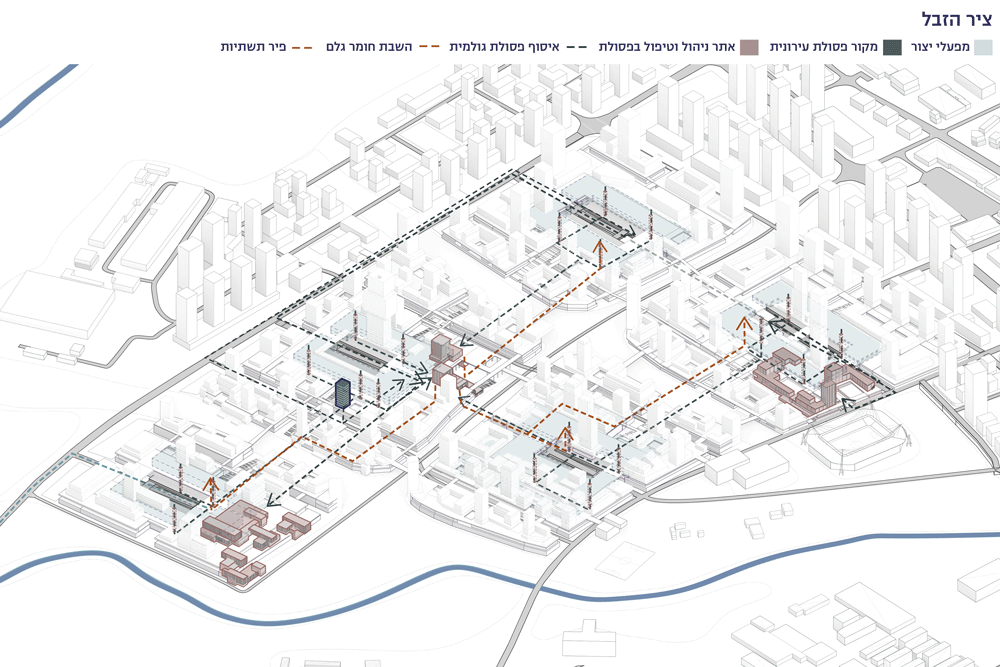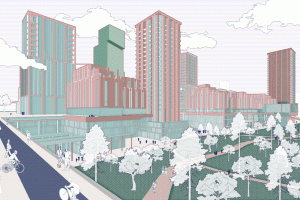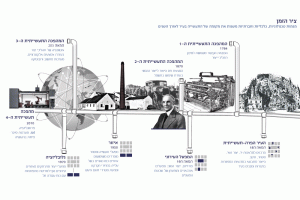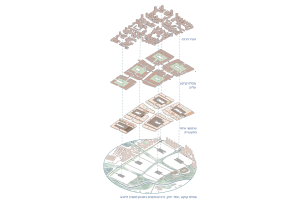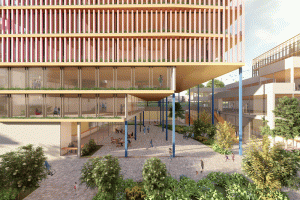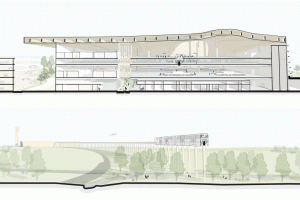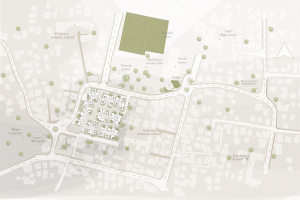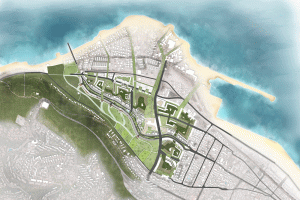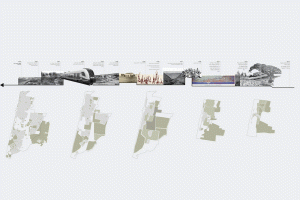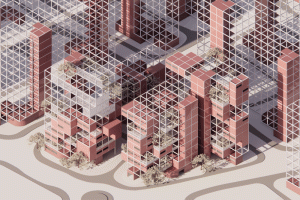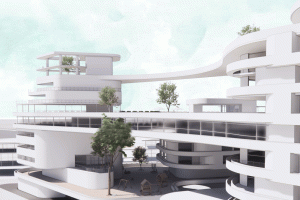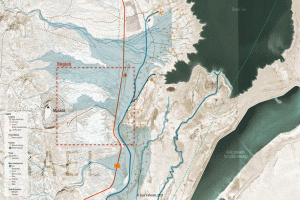The iQuarter
In Israel, industrial zones have a distinct presence within urban areas, with many dating back to the country’s early years in the 1950s and 1960s. These zones have transformed over time due to changing economic and societal trends, which have reshaped their perception and function. Some manufacturing units have relocated from city centers, freeing up significant space that has been repurposed for commercial, office, and leisure activities. Simultaneously, older industrial structures have fallen into disuse. Although these zones continue to be important for consumer goods production and urban infrastructure, they are often neglected, becoming somewhat of an urban “backyard.” The question of the future direction of these industrial zones has generated varied perspectives, including proposals for their conversion into office and tech hubs. However, Israel’s compact urban reality, combined with advancements in industrial technology and its transition into a circular economy, prompts reconsideration of the dynamic between production spaces and urban environments. A novel approach would be to integrate the natural environment, agricultural practices, and urban design seamlessly into these industrial zones. By distributing industrial facilities across multiple levels, with nearby residential integration, challenges such as noise and odor disturbances can be addressed. Technological innovations from the Fourth Industrial Revolution facilitate this integration, fostering collaborations among industry, academia, and education. Furthermore, the model extends to managing energy and materials within urban settings, emphasizing the significant role industrial zones play in reducing urban waste. The proposal encompasses principles that link waste management with public engagement, spanning diverse manufacturing sectors and facilitating the conceptual separation between urban activity and the city’s infrastructure. Kiryat Eitanim in Ashdod is a distinctive industrial zone, located next to renewal zones and the sports district.
The project strives to embody the concept of industrial urbanism in Kiryat Eitanim, acting as a link connecting Ashdod’s industrial zones, port, and residential neighborhoods. From an urban perspective, the project is based on the spatial structure of Ashdod’s quarters, integrating the urban nature of Nahal Lachish and the surrounding agriculture into the green framework of this district. At the quarter level, the project creates a multi-purpose block with an industrial core, including residential spaces, employment opportunities, and mixed-use public activities that incorporate waste-treatment facilities. Thus, the project establishes an industrial–urban quarter in Ashdod: the iQuarter.




